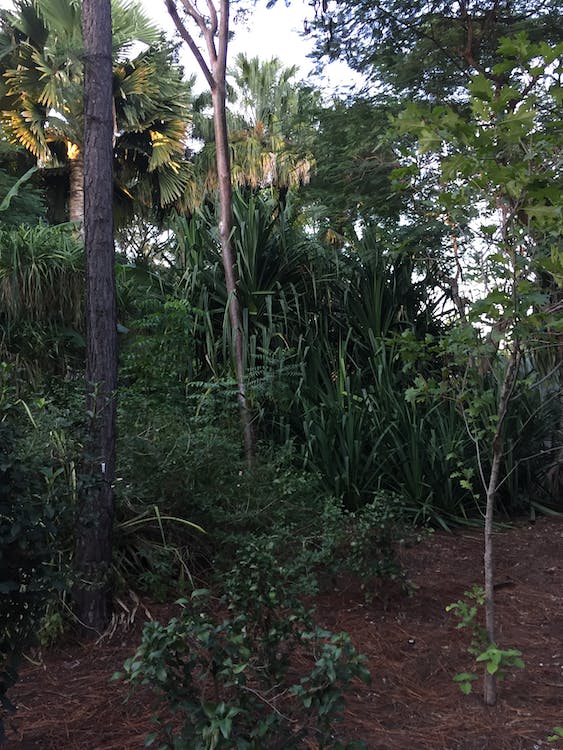Regenerative Landscaping
A Path to a Healthier and More Resilient Environment
Regenerative landscaping is a holistic approach to landscape design and management that aims to create thriving and sustainable ecosystems. It takes into account the relationships between different elements in a landscape, such as plants, soil, water, and wildlife, and seeks to enhance these relationships to create a mutually beneficial system. Unlike conventional landscaping methods, which focus primarily on aesthetics and functionality, regenerative landscaping prioritizes the health and resilience of the entire ecosystem.
One of the key benefits of regenerative landscaping is the improvement of soil health, or “soil regeneration“. Soil is the foundation of all life, and healthy soil is essential for the growth of healthy plants. In regenerative landscaping, soil is nurtured and protected through techniques such as composting, cover cropping, and reduced tillage. This leads to an increase in organic matter, which in turn leads to an improvement in soil structure and fertility. As a result, plants grow stronger and more resilient, making them less susceptible to disease and pests.
Regenerative landscaping also supports water conservation. By creating landscapes that are designed to retain and filter water, regenerative landscapes help to reduce the amount of water needed for irrigation. Additionally, regenerative landscapes can also help to mitigate the impacts of heavy rainfall and runoff, by reducing the amount of water that is lost to runoff and by slowing down the movement of water, allowing it to be absorbed into the soil. This not only conserves water but also helps to reduce erosion and improve water quality.
Another benefit of regenerative landscaping is the promotion of biodiversity. By creating diverse ecosystems, regenerative landscapes support a wide range of species, from insects and birds to mammals and reptiles.

This not only enhances the beauty of the landscape, but it also supports the overall health and resilience of the ecosystem. In addition, regenerative landscapes provide valuable habitat for pollinators, which play a critical role in the production of food.
Finally, regenerative landscaping can also help to mitigate the impacts of climate change. By sequestering carbon in the soil, regenerative landscapes can help to reduce the amount of carbon dioxide in the atmosphere. Additionally, regenerative landscapes can help to cool the surrounding area through the shading and cooling effects of trees and other vegetation. This not only improves the quality of life for residents, but it also helps to reduce energy consumption and costs associated with air conditioning.
In conclusion, regenerative landscaping is a holistic approach to landscape design and management that prioritizes the health and resilience of the entire ecosystem. By improving soil health, conserving water, promoting biodiversity, and mitigating the impacts of climate change, regenerative landscaping offers a path to a healthier and more sustainable future. As we face increasing environmental challenges, regenerative landscaping provides a way to create landscapes that not only look beautiful, but also serve as a model for a more sustainable and resilient future. We are happy to help you on the way.
Let’s talk about your project!
Our development team will be happy to get designing with you.
We asses your land, the future potential of perennial crops, etc.
Just contact us and we will see, if we can help.

More resources
Contact Us
ESSWALD
Supai-Ventures S.R.L.
Santa Maria del Cami
07320 Mallorca
Islas Baleares, SPAIN
(+34) 625 239 394
hello@esswald.com
